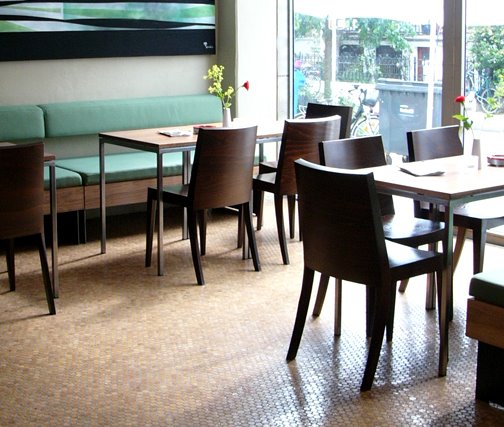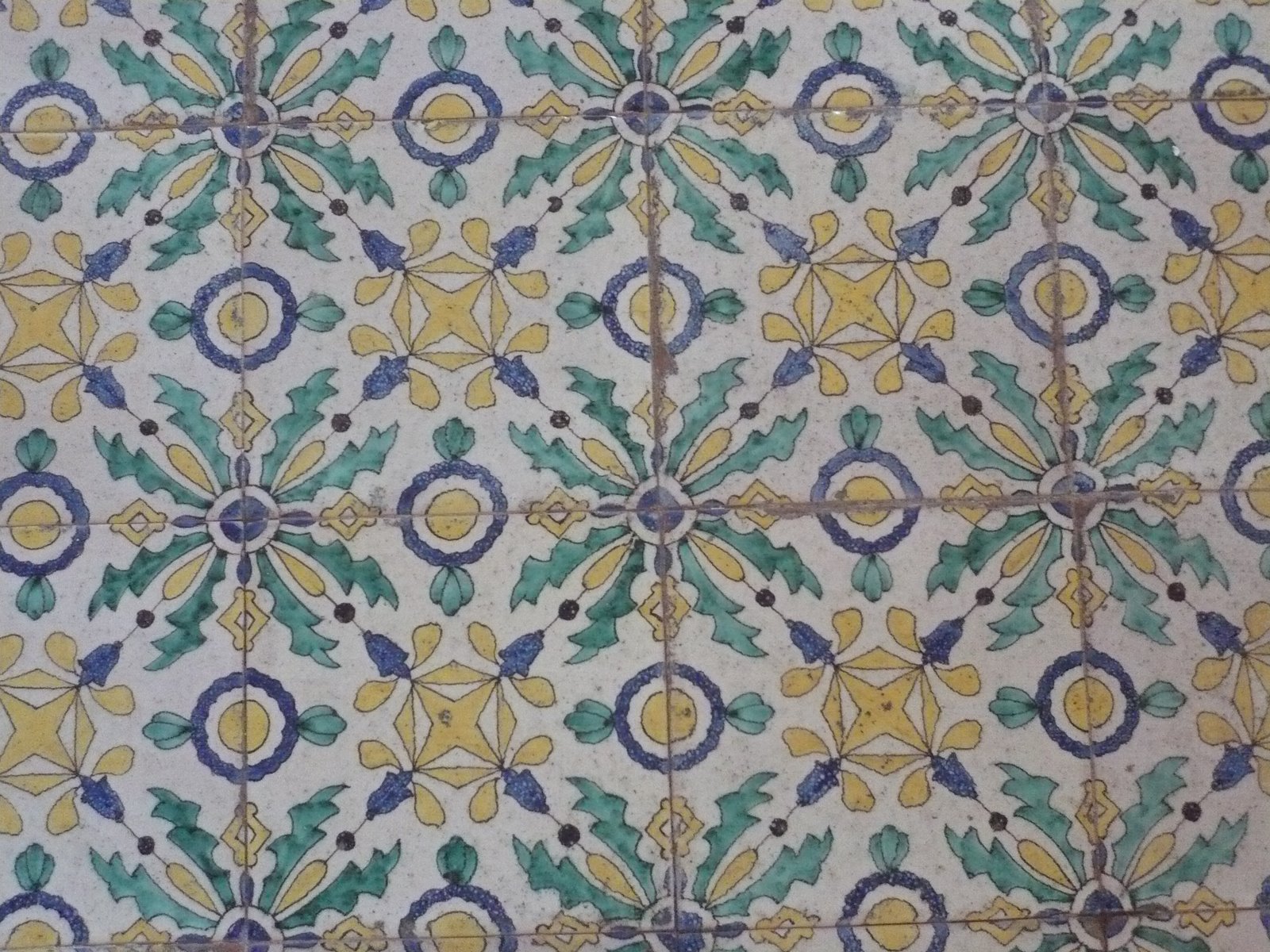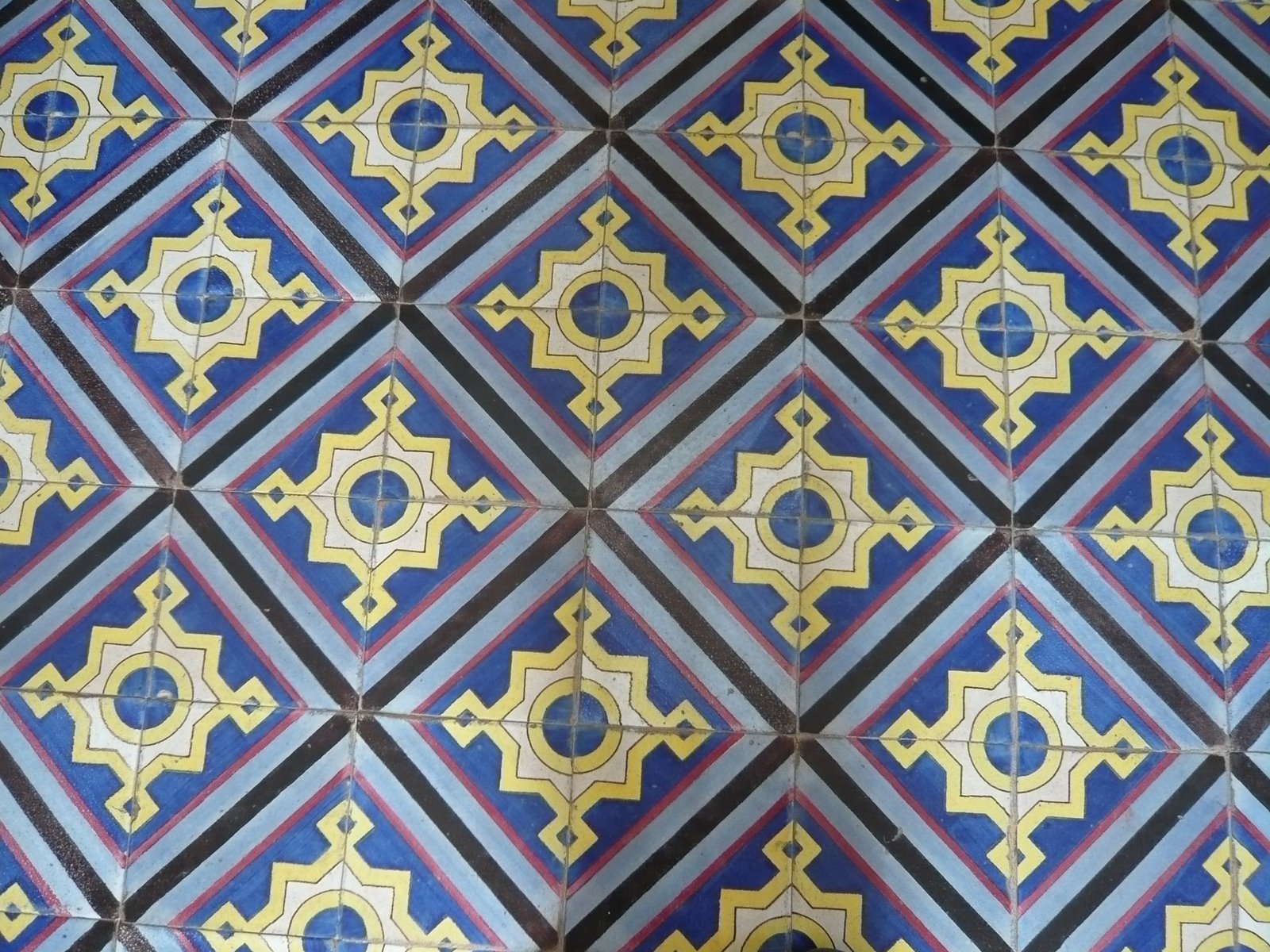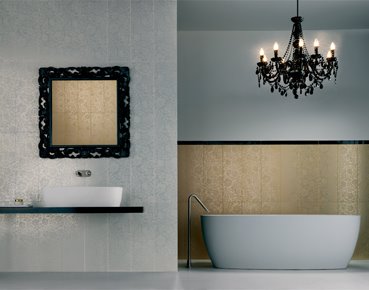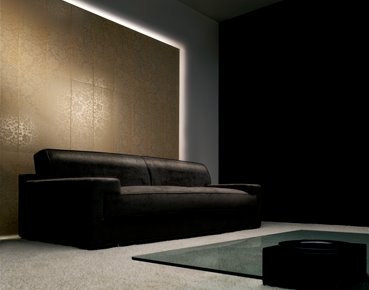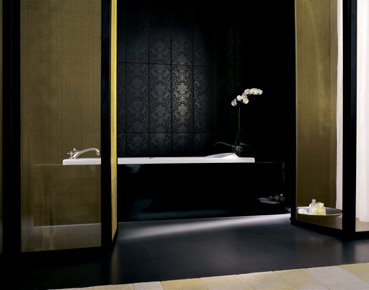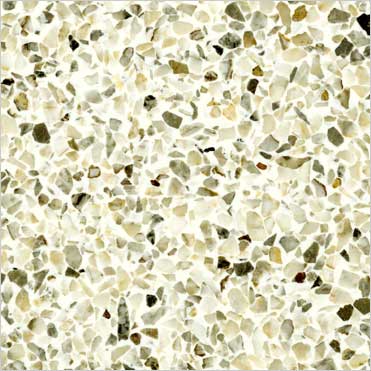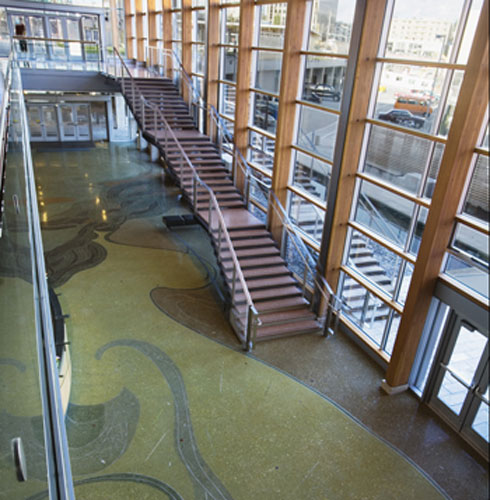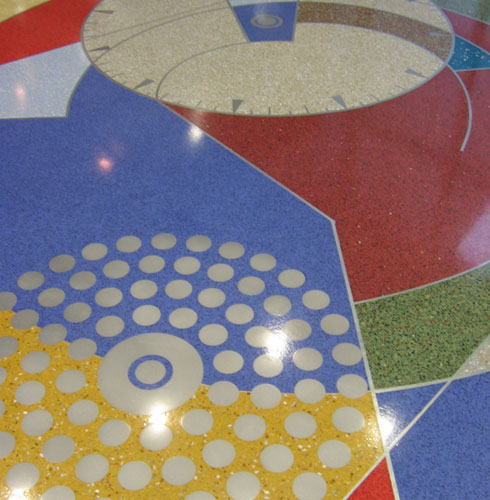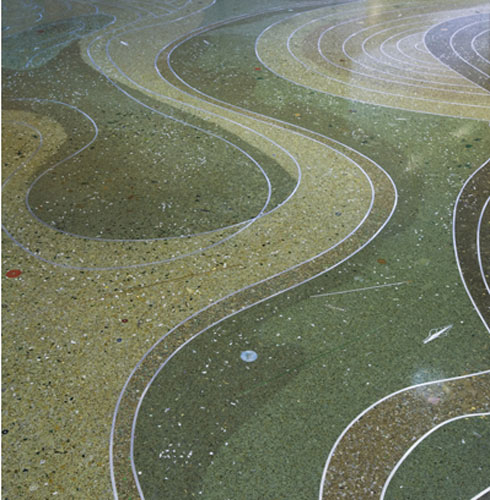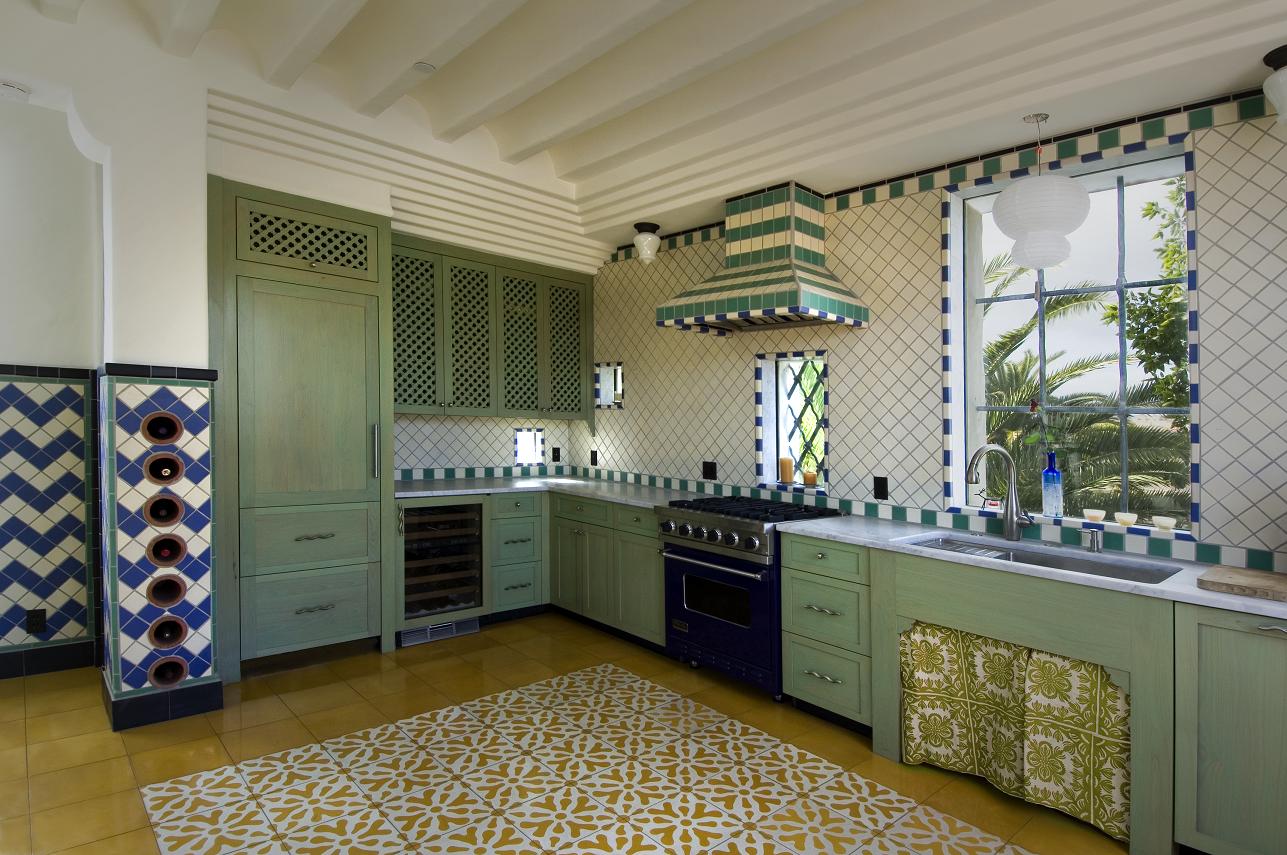I spent the better part of this afternoon in a flooring showroom preselecting some options for a client. The focus of my excursion was a kitchen floor and I wanted to whittle down their options a bit to keep them from being overwhelmed when we go back together later on this week. The options can be staggering to the unitiated, so I like to get an idea of what I want them to see beforehand. We'd already discussed what they were looking for in pretty general terms, so I know the direction I want to head in.
We'd discussed using either
natural stone tile or a
porcelain tile that looks like natural stone. They are looking for something rustic but not country-fied and I'd suggested a French Pattern, and that's something they want to explore further.
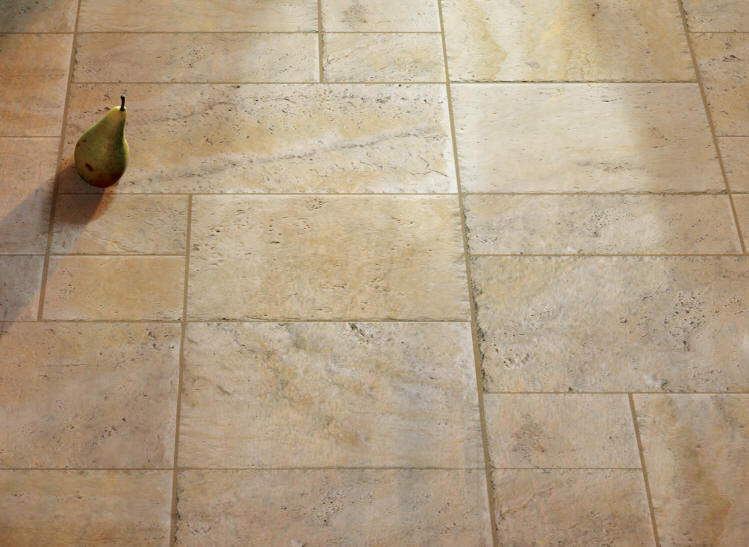 Ceramic Tile:
Ceramic Tile: Ceramic floor tile is fired and glazed feldspar and clay. This material gets its surface color and texture from its glaze. Remember that.
Porcelain Tile: Porcelain tile is a kind of ceramic tile. Porcelain is porcelain because it contains the mineral kaolin in addition to feldspar and clay. Kaolin-containing clays are more dense and get fired at higher temperatures, this makes for a stronger tile. Porcelain tiles tend to derive their colors from the clays they're made from rather than glazes on the surface on the finished tile.
Stone Tile: Stone floor tile is usually made from
travertine,
limestone or
marble. Occasionally, some other stones get carved up into flooring --most notably slate-- but for the most part, the big three listed above are it. A lot of times those three names are used interchangeably and erroneously. All three are very different though they are curiously related.
Geology time! All three kinds of stone are made from calcium carbonate and each of them starts with limestone.
Limestone is formed at the bottom of bodies of water. Small creatures make their skeletons and shells from calcium carbonate that's dissolved in water. Think of a clamshell only on a much smaller scale. As these wee beasties die, they drift to the bottom of the sea and accumulate. Over millions of years these deposits of calcium carbonate turn to limestone. As the continents slide around some of those deposits get pushed to the surface and then we can turn those gazillion year-old wee beastie skeletons into flooring. Thanks wee-beasties!
BUT when that limestone gets pushed down toward the center of the earth instead of being pushed up, it undergoes a metamorphosis. The high pressure and high temperatures below the surface of the earth make the limestone turn into
marble. Then, miraculously enough, that marble gets forced back to the surface. This twice-baked limestone then gets turned into a building material that curls my toes. I love marble so much it hurts sometimes.
Finally, if limestone ends up near the surface and is exposed to running water, the water will dissolve the calcium carbonate that makes up the limestone. When the water reaches a point of saturation and can't absorb any more calcium carbonate, the dissolved minerals precipitate out of the water and form deposits of calcite. These calcite deposits are what we call
travertine.

Of those three tile categories; ceramic, porcelain and stone; I will always lean toward natural stone if the choice is left to me. Nothing looks like it and nothing feels like it. Natural stone has a warmth and a texture that the other two strive for but never quite achieve. However, the warmth and texture of natural stone comes at a price. It is softer than ceramic, significantly less so than porcelain. Because the natural stones I'm talking about are made from calcium carbonate, a water-soluble mineral, they are more prone to staining and wearing irregularly. I'm of the mind that these characteristics are pros rather than cons though. I like things that show the effects of normal life. A good travertine floor will never fall apart and if it's installed properly, it will never need to be replaced. I mean the Coliseum in Rome is made from travertine and it's been there for 2,000 years. So what if a floor made from the same material shows wear patterns by the door?
Bonus section: the French Pattern I mentioned at the start of this thing is a traditional
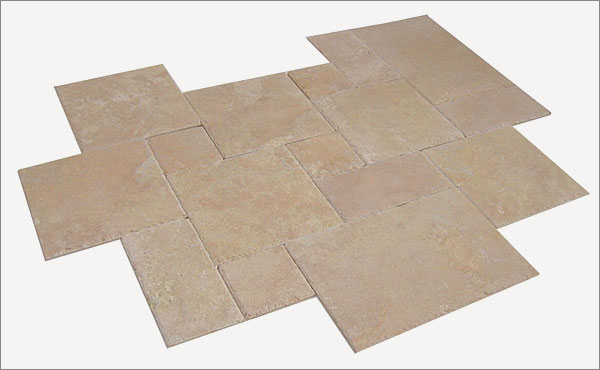
pattern used in setting stone floor tiles. Nothing looks quite like it, and tile setters must hate it. I know they charge like they hate it when they're setting one of these patterned floors. Granted, the math gets a little complicated,

but it is so worth it. Here's what the pattern looks like in a black and white drawing. In a typical application, size A is 16"x24", size B is 16"x16", size C is 8"x16" and size D is 8"x8". The diagram to the left is a single repeat and there are two As, four Bs, two Cs and four Ds. Those twelve sizes repeat in the pattern shown the whole way across the floor. In a chisled-edge travertine like the example shown above, the effect is as timeless as it is beautiful.
If you're in the market for a new tile floor, even if you don't end up with chisled-edge travertine in a stunning French Pattern, promise me one thing. Promise here and now that you won't set it in a straight forward grid. Life is too short for boring floors and it takes so little effort to do something interesting.









